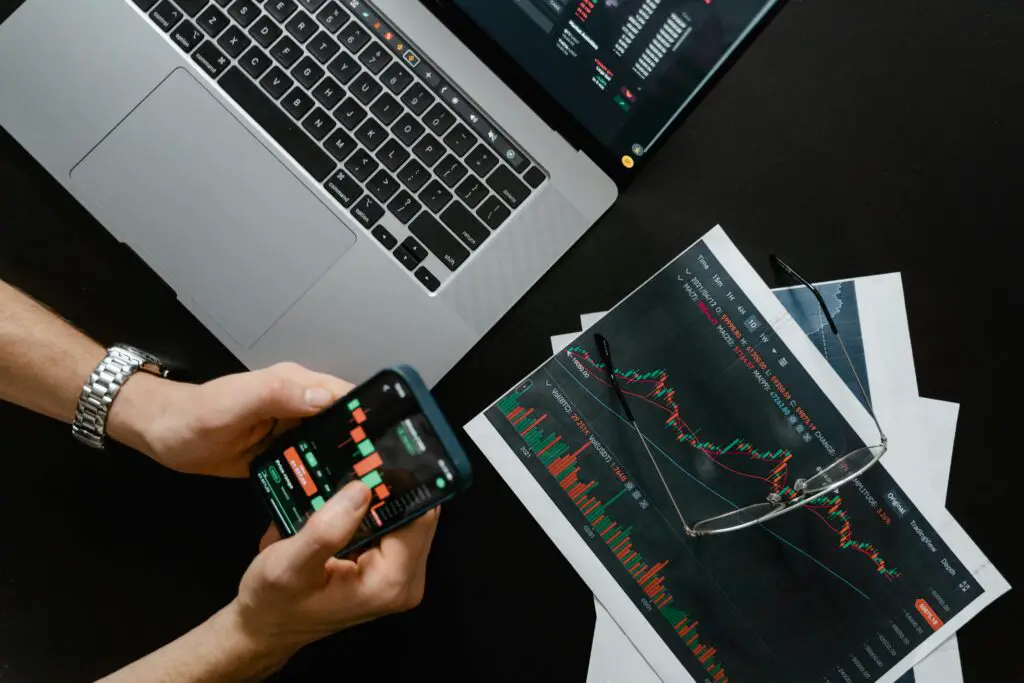Cross Currency is a term used in the vast world of forex trade, where people buy and sell currencies. If you are new to forex dealing, this idea might initially seem scary but do not be alarmed. Begin to break down cross-currency in easy-to-understand terms so you can understand what it means and how it affects your trades.

How do you use cross-currency?
Cross currency is a set of currencies that do not include the U.S. dollar (USD). The USD is used to quote most currency pairs on the fixed market. Examples of these are EUR/USD and GBP/USD. But cross-currency pairs let you trade two different currencies directly with each other without first changing them into USD. Cross-exchange pairs include EUR/GBP, AUD/JPY, and GBP/JPY.
Cross-currency is important because
Understanding cross-currency pairs is crucial because they let you trade more than USD-based pairs. It enables buyers to bet on the exchange rate between two different currencies without the USD getting in the way.
How the Dollar and the Euro Work
Let me explain this with an example. Let us say you want to trade the EUR/GBP pair. This is the exchange rate between the Euro (EUR) and the British Pound (GBP). If you trade EUR/USD, you wager how much the euro will be worth against the U.S. dollar. If you trade EUR/GBP, on the other hand, you are betting on how the euro will do against the pound but not against the U.S. dollar.
Things that affect cross-currency
Cross-currency pairs have different exchange rates based on several factors, just like any other currency pair. Some of these factors are:
Indicators of the economy: Reports on GDP growth, jobs, and inflation can change the value of a currency, which can affect cross-currency pairs.
Interest Rates: The policies and choices made by central banks about interest rates significantly impact the value of currencies. Foreign investment tends to come in when interest rates are high, which makes the currency stronger.
Political Stability: Events in politics and political stability can impact investor trust and, in turn, currency values.

Market Sentiment: How traders see the market, including how willing they are to take risks and how they feel about it, can affect currency prices.
Risks that come with trading currencies across borders
Trades in different currencies can lead to many other chances, but they can also be risky:
Volatility: Cross-currency pairs are more likely to go up and down than significant pairs, which makes them riskier for players who are not very good at what they are doing.
Lower liquidity means fewer buyers and sellers in the market for some cross-currency pairs. This can cause spreads and slippage to be more significant.
Spreads may get wider on cross-currency pairs when there is less liquidity, which makes dealing more expensive.
How to Trade in More Than One Currency
Here are some things to keep in mind if you want to trade between different currencies:
Learn About the Currencies: Before you trade any cross-currency pair, you should know about the economies and other things that affect both currencies.
Start Small: Take on small positions at first until you feel comfortable with how volatile and fast-paced cross-currency dealing can be.
Stay Up to Date: Read economic news, central bank statements, and news about events in other countries that could affect the currencies that you are purchasing.
Use stop loss orders: If the market goes against your stock, stop loss orders can help you limit your losses.
In conclusion
Cross-currency dealing is a fun way for forex traders to expand their portfolios and learn about new markets. You can make better trading choices and get around the forex market more quickly if you know the basics of cross-currency and the things that affect exchange rates. Cross-currency trading can be profitable if you start small, keep up with the market, and carefully control your risks. Have fun trading!

